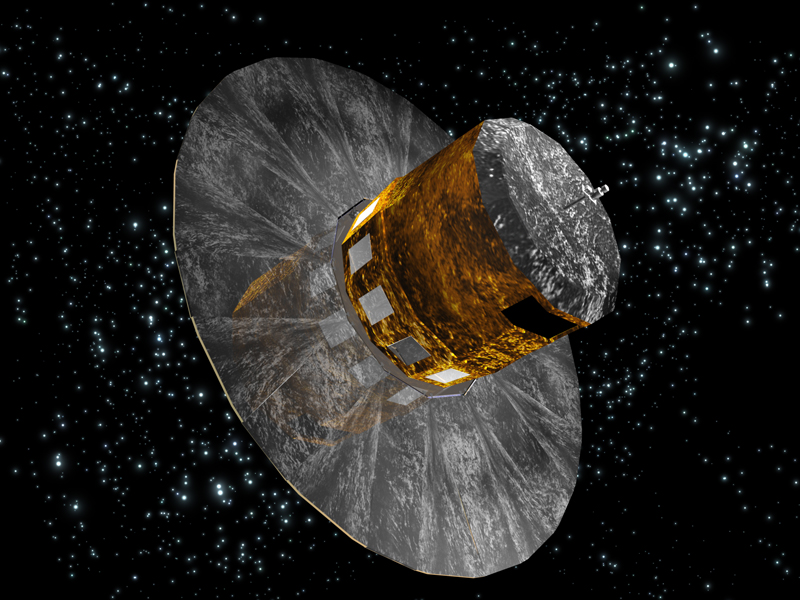Gaia


Webpage: Gaia astrometric mission ESA
Data Releases:
Gaia- DR1 (09 - 2016)
Gaia-DR2 (04 - 2018)
Gaia-EDR3 (12 - 2020)
Publications:
- A&A, Gaia special issue (2016)
- Hidden history of the Milky Way revealed by extensive star maps (Nature, 2019)
Overview
Gaia is a ESA global space astrometry mission that is making the largest, most precise three-dimensional map of our Galaxy by surveying more than a thousand million stars. Gaia will create an extraordinarily precise three-dimensional map of more than a thousand million stars throughout our Galaxy and beyond, mapping their motions, luminosity, temperature and composition. This huge stellar census will provide the data needed to tackle an enormous range of important problems related to the origin, structure and evolutionary history of our Galaxy.
At its heart, Gaia contains two optical telescopes that work with three science instruments to precisely determine the location of stars and their velocities, and to split their light into a spectrum for analysis. During its five-year mission, the spacecraft spins slowly, sweeping the two telescopes across the entire celestial sphere. As the detectors repeatedly measure the position of each celestial object, they will detect any changes in the object’s motion through space.
IPARCOS contribution
The SEEF group is involved in the scientific exploitation of the Gaia data and participate in the Spanish network of excellence REG (Red Española para la explotación científica de Gaia).

